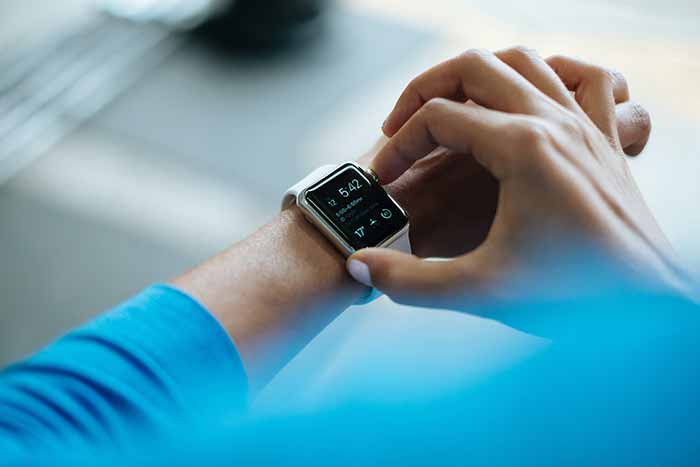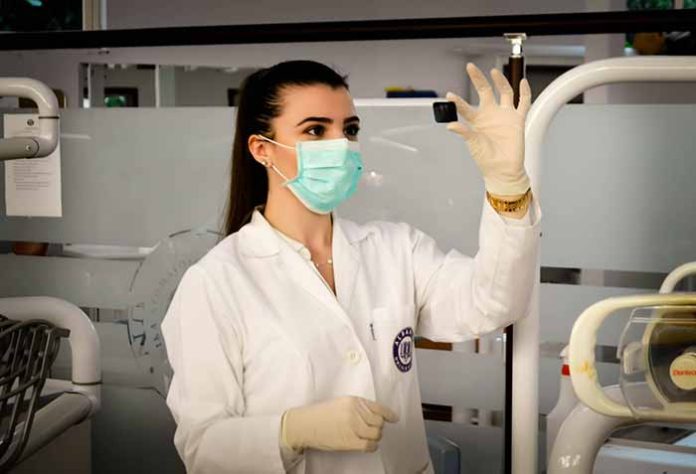The medical industry went into a deep crisis when Covid-19 hit in 2020, and we witnessed thousands of deaths each day. The entire healthcare systems of most developed and underdeveloped countries collapsed in just a few months. Due to the gravity of these crises, several countries diverted their resources and attention to the healthcare industry. Thanks to researchers and medical professionals’ efforts as well as medical advancements, we finally have coronavirus vaccinations.
But medical innovations and research do not end here. The Covid-19 vaccination has unlocked the potential of finding cures for currently difficult-to-prevent diseases. These include diseases like cystic fibrosis, Cytomegalovirus, HIV/AIDS, and many more.
Today, we will reveal the top 10 medical discoveries in 2022 that will contribute to improving humanity’s wellbeing.
Top 10 Medical Advancements of 2022
Covid-19 has significantly impacted medical progress over the past two years. Although medical advancements have prepared us in some way for any upcoming pandemic, we pray a disease like Covid-19 never hits us again.
1. mRNA Technology
Scientists are using mRNA technology in the new vaccines for Covid-19. Compared to conventional vaccines, mRNA vaccines are highly effective, can be developed rapidly, and have low production costs.
An mRNA vaccine enables cells to produce viral proteins by providing them with a genetic code. The body produces an immune response after the protein’s creation. Boosted by its success for Covid-19, scientists are producing other mRNA vaccines for diseases such as cancer and Zika.
Researchers believe that mRNA’s potential goes beyond vaccines. People with deficiencies in vitamins and minerals take extra supplements to fulfill their needs. In place of supplements, humans can produce proteins using mRNA.
2. Telemedicine
During the Covid-19 pandemic in 2020, telehealth and telemedicine have become increasingly popular medical advancements. Telemedicine refers to remote medical care, while telehealth is about remote health care. These medical technology trends will likely continue growing in popularity as more and more people have been undertaking a different way of life since the pandemic.
Both patients and healthcare providers can benefit from telemedicine. Patients now do not have to fret about traveling or childcare expenses. Individuals living in isolated locations or those who cannot leave home may have their medical appointments arranged easily.
Furthermore, telemedicine offers healthcare providers the advantage of reducing overheads. By using a virtual medical receptionist or VMeDx virtual assistants practitioners can improve communication and scheduling between patients and doctors while also bringing down operating expenses. It also allows practitioners to work more flexibly, reducing exposure to illness and infection.
A growing number of medical experts and patients now use virtual care appointments. For instance, therapists now communicate through teletherapy instead of visiting the patient.
3. Health Wearables

The demand for wearable devices has continued to grow in recent years. These devices can track various factors, including steps, exercise, sleep patterns, and fitness. Wearables can prevent chronic illnesses in developed countries by monitoring and improving fitness.
Apple, Google, and Samsung compete in this market with smartwatches, which remain the most popular wearable devices in the industry.
According to the specific model and medical alert systems, these devices can capture sleep patterns, blood pressure, oxygen saturation, and electrocardiograms. Diabetes patients can measure their blood glucose using sensors integrated into smartwatches shortly.
People with hearing loss caused by damage to ear cells in the inner ear have access to the best hearing aids for improving hearing and speech comprehension. Additionally, we now have Invisible Braces that help in straightening our teeth.
The use of smart clothing, smart rings, and wearables for clinical research are becoming more popular as well.
Also Read: Galaxy S22 Ultra vs iPhone 13 Pro Max
4. Nanomedicine
Nanomedicine is a branch of medical science that uses miniature devices and particles to treat diseases. By understanding how diseases work at the molecular level, researchers can develop therapies that exploit specific abnormalities. This approach has the potential to bypass traditional treatments, which can be ineffective or toxic.
Nanotechnology revolutionizes atomic, molecular, or supra-molecular processes in various industries, especially healthcare.
A nanomedicine device allows you to image, detect, diagnose, and distribute medical data through nanotech applications. Scientists are developing and implementing new techniques in 2022 for targeting specific cells with nanomedicine.
Future therapies may use nanoparticles to target tumors, bacteria, and viruses. Besides treating diseases, nanomedicine has the potential to revolutionize medical imaging, by allowing doctors to see patients’ internal organs without having to remove tissues.
5. 3D Printing in Medical Field
We can now print medical devices on-demand using 3D printing at an affordable cost. Moreover, manufacturers may be able to design a machine custom-built to the physiology of a given patient.
Prosthetics manufactured using 3D printing can offer patients an optimal fit. It is possible to create these devices and components on-demand, making them available to doctors more quickly for any operation. Doctors can even repair broken prosthetics in a quick time with the help of 3D printing.
In addition to allowing the rapid manufacturing of parts, we can use 3D printing in several other medical applications.
6. Virtual Reality
It has been a while since virtual reality first came on the scene. Doctors can now treat and manage many psychological disorders with virtual reality, including stress, anxiety, dementia, and autism. However, its capabilities go beyond mental health issues. It can also reduce pain by changing the patient’s perceptions of discomfort.
Furthermore, it has benefited medical professionals’ training processes, allowing them to immerse themselves in the human body. Doctors can virtually see a 360-degree view of the patient’s body, giving them a better understanding of their illness.
VR’s medical applications include preventive care, rehabilitation, assistive living, cancer therapy, and surgery.
7. Neurotechnology
There is no restriction to the potential of neurotechnology in improving different aspects of life. It’s already being used in the medical and wellness industries, but it has ramifications for education, workplace management, national security, and sports.
Using neurotechnology in healthcare, we can currently measure and regulate brain activity through magnetic fields recorded by an implant. Neuralink is an example of this. Pioneered by Elon Musk, the Neuralink project involves embedding a device into the brain that records brain activity and transmits it wirelessly.
It can cure diseases such as Alzheimer’s and Parkinson’s if it proves successful. After animal testing, Elon Musk said they would implant a Neuralink chip in humans in 2022.
8. Precision Medicine
Technology is rapidly advancing, so medical care is increasingly individualized for each patient. A precision medicine approach considers the patient’s genetics, environment, and lifestyle.
With precision medicine, you can customize cancer treatments for each patient based on their genetic make-up. Cancer medications become more effective as they attack tumors based on the patient’s genetics.
The future of healthcare will transform by precision medicine. As precision medication advances, it is also becoming more effective in treating rare diseases and infections.
9. Artificial Intelligence (AI)
The use of AI will have a significant impact on medical breakthroughs in 2022.
Employing artificial intelligence to detect diseases early and confirm an accurate diagnosis proves very valuable. Breast cancer care is benefiting from the use of AI, as it reduces the need for unnecessary biopsies by reviewing mammograms 30 times faster.
We can also employ artificial intelligence to detect potentially life-threatening illnesses earlier. Furthermore, AI assists doctors in creating more comprehensive treatment plans, so patients can better manage their health.
A recent application of AI in life sciences is drug discovery & research. We can discover and repurpose a new drug more efficiently with artificial intelligence, which reduces development time and costs.
10. Clustered Regularly Interspaced Short Palindromic Repeats (CRISPR)
One of the greatest medical advancements, known as Clustered Regularly Interspaced Short Palindromic Repeats (CRISPR), will revolutionize gene editing. A bacterial cell’s immune system ‘cuts off’ infected DNA strands using its immune system. Cutting DNA may revolutionize the way we treat diseases in the future.
Modifying genes may allow us to overcome some of the most significant health threats shortly, including cancer and HIV.
The use of CRISPR for treating rare diseases is also promising. An inherited disorder of the respiratory and digestive systems, cystic fibrosis (CF) is a rare ailment. Testing of CRISPR to correct cystic fibrosis mutations is currently underway.
Conclusion
To put it briefly, we expect new medical technology advancements in 2022 to be life-saving and life-altering. These advances will help improve the quality of life for people worldwide, and they will continue to change how we view healthcare.
If you’re seeking ways to stay healthy and ahead of the curve, you should read more on these top medical advancements we have listed above.





